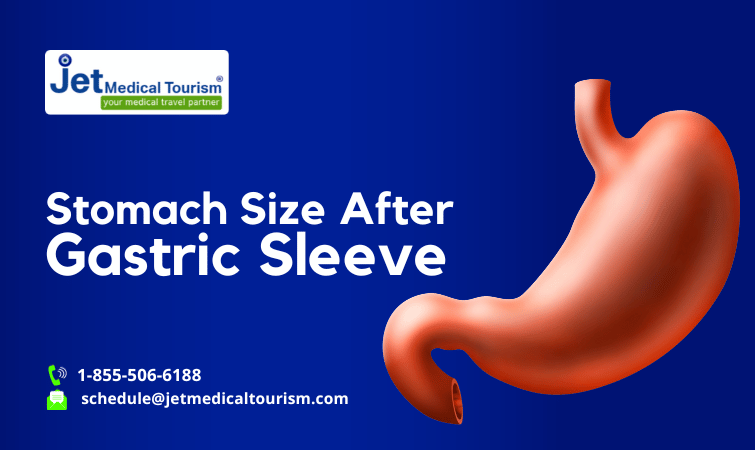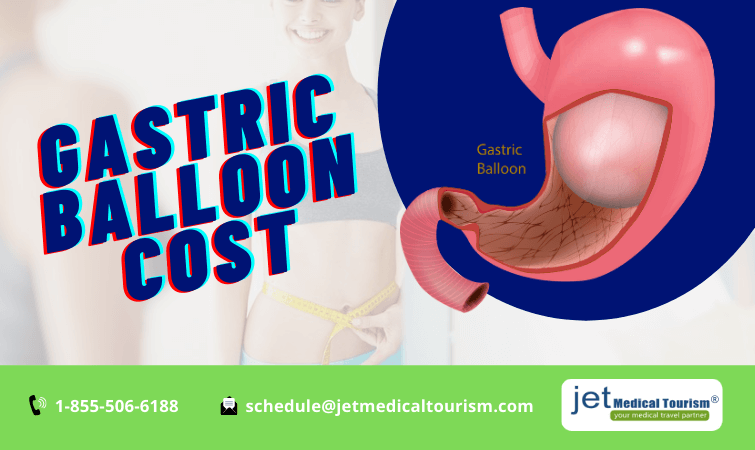Stomach Size After Gastric Sleeve Surgery
For many individuals struggling with obesity, gastric sleeve surgery has emerged as a beacon of hope, offering a path towards a healthier and more fulfilling future. Among the various aspects of this procedure, understanding the changes in stomach size stands as a pivotal factor in its success and long-term outcomes.
Gastric sleeve surgery involves the reduction of the stomach’s size to promote weight loss by restricting food intake. Unlike gastric bypass surgery, which involves rerouting the digestive system, the gastric sleeve procedure focuses solely on reducing stomach capacity. This surgical intervention not only aids in weight loss but also often leads to improvements in obesity-related comorbidities such as diabetes and hypertension.
In this comprehensive blog post, we’ll explore the intricate details of stomach size after gastric sleeve, including its capacity, how it affects your eating habits, and whether it can stretch over time. Whether you’re considering this procedure, in the early stages of recovery, or simply curious about its effects, join us as we navigate through the journey of gastric sleeve surgery and its transformative effects on stomach size.
How Big Is Your Stomach After a Gastric Sleeve?
During the gastric sleeve procedure, bariatric surgeons remove a large portion of your stomach – typically around 80-85%. What’s left is a narrow, banana-shaped pouch that resembles a small juice glass or a slightly larger hot dog bun.
The size of this newly constructed stomach pouch can vary slightly from person to person, but on average, it measures just 2-4 ounces (60-120 ml) in volume. To put this into perspective, consider that a typical pre-surgery stomach can hold up to 4 cups (32 ounces or 946 ml) of food or liquid. With such a drastic reduction in capacity, you’ll feel full much more quickly and will need to adopt a new approach to eating.
How Much Food Can a Gastric Sleeve Hold?
While the exact capacity of your new stomach pouch may vary, most gastric sleeve patients can comfortably consume:
- 1/4 cup (2 ounces or 60 ml) of solid food
- 1/2 cup (4 ounces or 120 ml) of pureed or liquid food
This means that a typical meal after gastric sleeve surgery might consist of just a few bites of solid protein, such as a small piece of grilled chicken or fish, along with a few spoonfuls of pureed vegetables or a small serving of yogurt.
It’s important to note that these portion sizes are merely guidelines, and you should always listen to your body’s hunger and fullness cues. Overeating, even with the reduced stomach size, can lead to discomfort, nausea, and vomiting.
The Eating Experience After Gastric Sleeve
With such a dramatic reduction in stomach size, your eating habits and experiences will undergo a significant transformation. Here’s what you can expect:
- Slower Eating: You’ll need to slow down and take smaller bites, chewing thoroughly to ensure proper digestion.
- Feeling Fuller Faster: With just a few bites, you’ll likely feel uncomfortably full, signaling that it’s time to stop eating.
- More Frequent Meals: To meet your daily caloric and nutrient needs, you’ll need to eat smaller, more frequent meals throughout the day, typically every 2-3 hours.
- Texture Matters: Solid foods may be more challenging to digest initially, so you may need to start with a pureed or liquid diet before gradually reintroducing solid foods.
Does Your Stomach Stretch After Gastric Sleeve?
One of the common concerns among gastric sleeve patients is whether their stomach pouch will eventually stretch out, allowing them to consume larger portions and potentially regain the lost weight. While it is possible for the stomach pouch to stretch slightly over time, it is unlikely to return to its pre-surgery size.
The stomach pouch is made of inelastic tissue, which means it has limited capacity for stretching. However, if you consistently overeat or consume high-calorie, high-fat foods, the pouch may gradually expand to accommodate larger portions. This is one of the reasons why it’s crucial to follow a healthy, portion-controlled diet and avoid overeating after gastric sleeve surgery.
Additionally, some patients may experience a temporary stretching of the stomach pouch during the initial healing process, but this typically resolves within the first few months as the pouch settles into its new size.
Maximizing the Benefits of Your Gastric Sleeve
To ensure long-term success and maintain a healthy weight after your gastric sleeve surgery, it’s essential to follow these guidelines:
- Follow Dietary Recommendations: Work closely with your healthcare team and a registered dietitian to develop a balanced, nutrient-dense meal plan that accommodates your new stomach size.
- Practice Mindful Eating: Eat slowly, chew thoroughly, and listen to your body’s hunger and fullness cues. Stop eating as soon as you feel comfortably full.
- Stay Hydrated: Drink plenty of fluids, but avoid consuming liquids 30 minutes before and after meals to prevent overfilling your stomach pouch.
- Adopt a Healthy Lifestyle: Incorporate regular physical activity and adopt healthy habits to support your weight loss journey and overall well-being.
In conclusion, while your stomach size will be significantly reduced after gastric sleeve surgery, the exact capacity can vary from person to person. By following your surgeon’s dietary recommendations, practicing mindful eating habits, and making lifestyle changes, you can maximize the benefits of your gastric sleeve surgery and maintain a healthy, sustainable weight loss journey.
Low Cost Gastric Sleeve Surgery in Mexico
At Jet Medical Tourism, we believe that high-quality healthcare should be accessible and affordable for everyone. That’s why we’ve made it our mission to connect you with the best bariatric surgeons and state-of-the-art facilities in Mexico.
Contact us today to check your eligibility for FREE!


